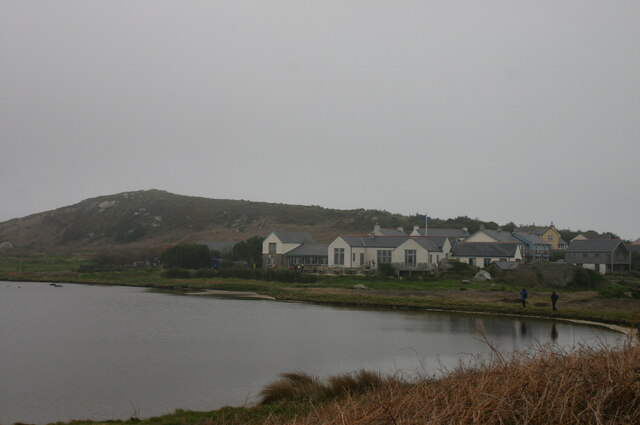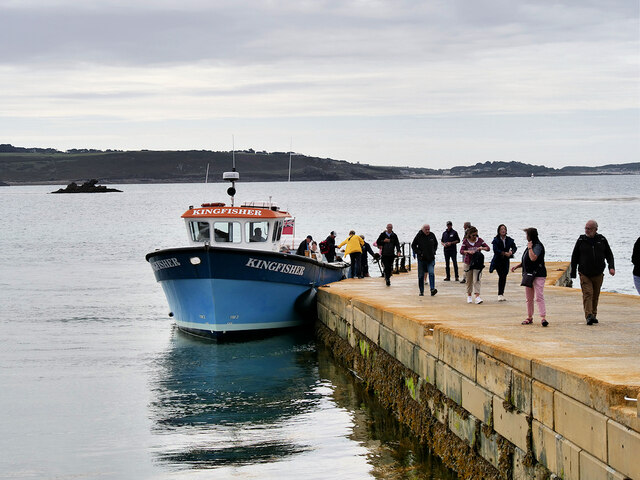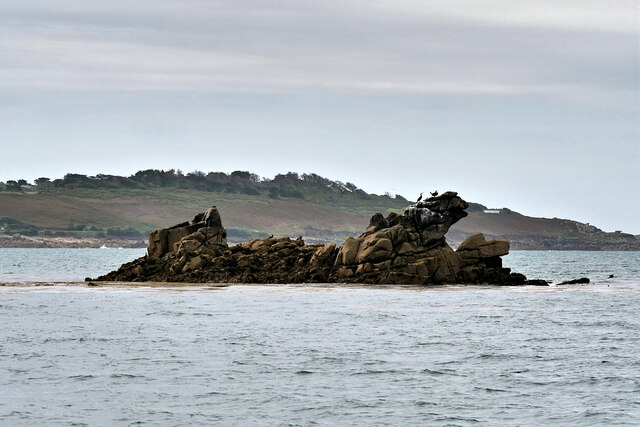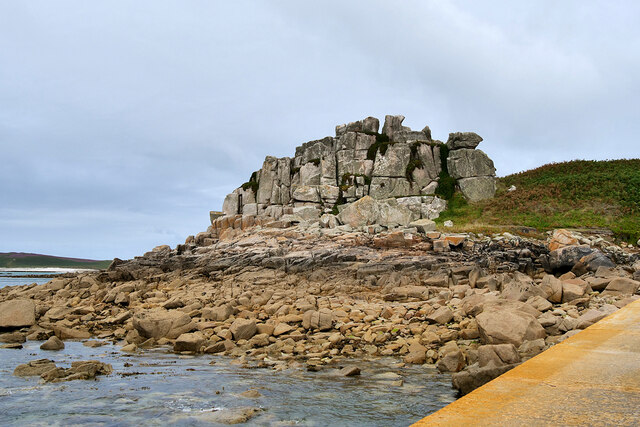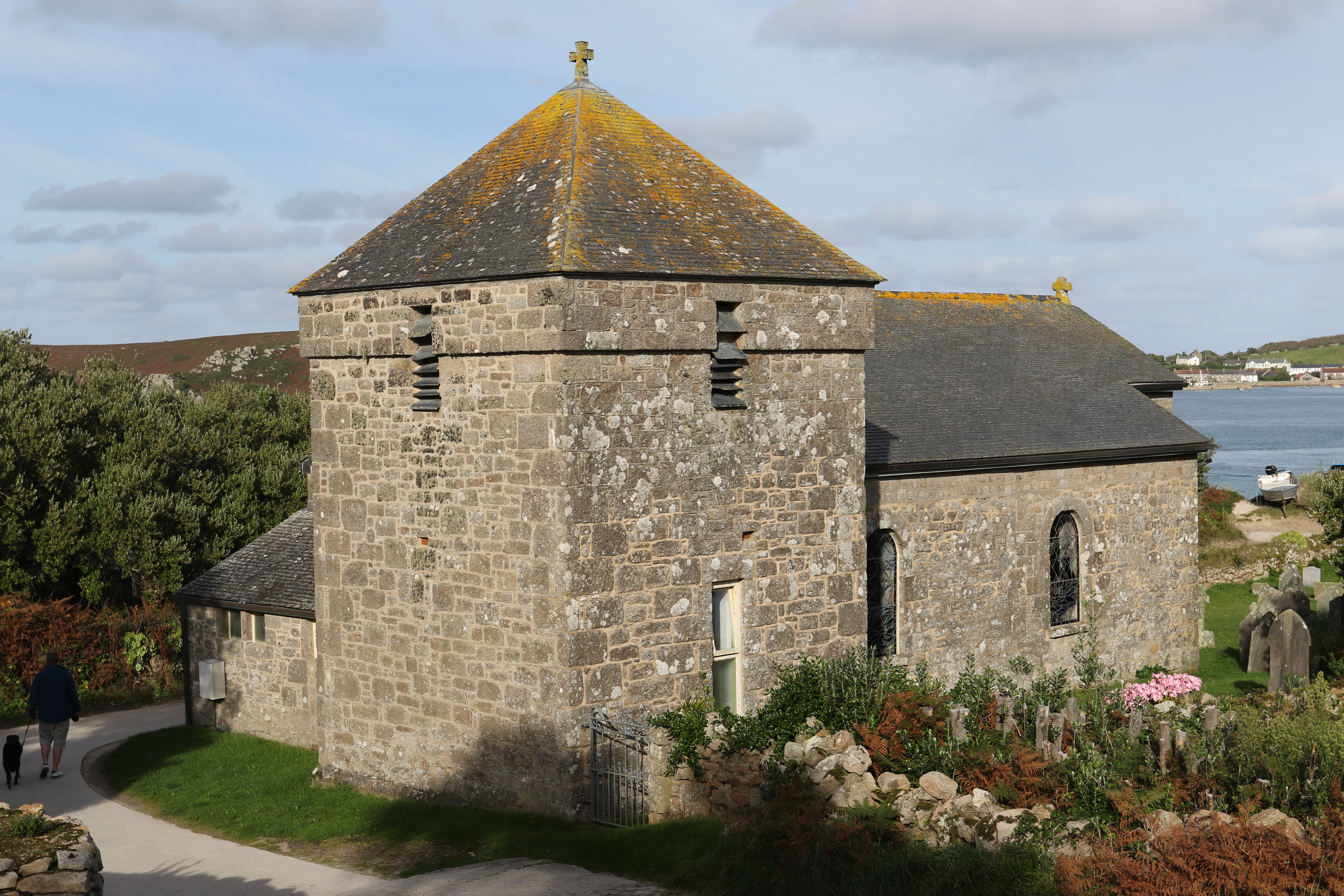Yellow Rock
Island in Cornwall
England
Yellow Rock

Yellow Rock is a small island located off the coast of Cornwall, England. With a total area of approximately 0.5 square miles, the island is known for its stunning natural beauty and rich history.
The island gets its name from the distinctive yellow-colored rock formations that dominate its landscape. These unique rock formations, which were formed millions of years ago, are a major attraction for visitors and are often photographed for their vibrant hues.
Yellow Rock is home to a diverse range of flora and fauna, making it a haven for nature enthusiasts. The island boasts a variety of bird species, including puffins, gulls, and cormorants, which can be spotted nesting along the cliffs. The surrounding waters are also teeming with marine life, providing ample opportunities for snorkeling and diving.
Historically, the island played a significant role in the region's maritime trade. It served as a strategic lookout point and was used as a trading hub for goods such as tin and copper. Ruins of old warehouses and buildings can still be found, offering a glimpse into the island's past.
Access to Yellow Rock is predominantly by boat, with regular ferry services available from the nearby mainland. The island offers limited facilities, including a small café and gift shop, making it an ideal destination for those seeking a peaceful and secluded retreat.
Overall, Yellow Rock is a hidden gem in Cornwall, offering visitors a chance to immerse themselves in its natural beauty and explore its rich historical heritage.
If you have any feedback on the listing, please let us know in the comments section below.
Yellow Rock Images
Images are sourced within 2km of 49.94132/-6.3522346 or Grid Reference SV8713. Thanks to Geograph Open Source API. All images are credited.













Yellow Rock is located at Grid Ref: SV8713 (Lat: 49.94132, Lng: -6.3522346)
Division: Isles of Scilly
Unitary Authority: Isles of Scilly
Police Authority: Devon and Cornwall
What 3 Words
///lies.windmill.newlyweds. Near Bryher, Isles of Scilly
Nearby Locations
Related Wikis
Samson, Isles of Scilly
Samson (Cornish: (Enys) Sampson) is the largest uninhabited island of the Isles of Scilly, off the southwestern tip of the Cornish peninsula of Great Britain...
All Saints' Church, Bryher
All Saints' Church is a Grade II listed parish church in the Church of England located in Bryher, Isles of Scilly. == History == Bryher is the most westerly...
Bryher
Bryher (Cornish: Breyer, lit. 'place of hills') is one of the smallest inhabited islands of the Isles of Scilly, with a population of 84 in 2011, spread...
Oliver's Battery, Tresco
Oliver's Battery is a ruined artillery battery on the island of Tresco in the Isles of Scilly off of Cornwall, England. It was built by the Parliamentarian...
Nearby Amenities
Located within 500m of 49.94132,-6.3522346Have you been to Yellow Rock?
Leave your review of Yellow Rock below (or comments, questions and feedback).
